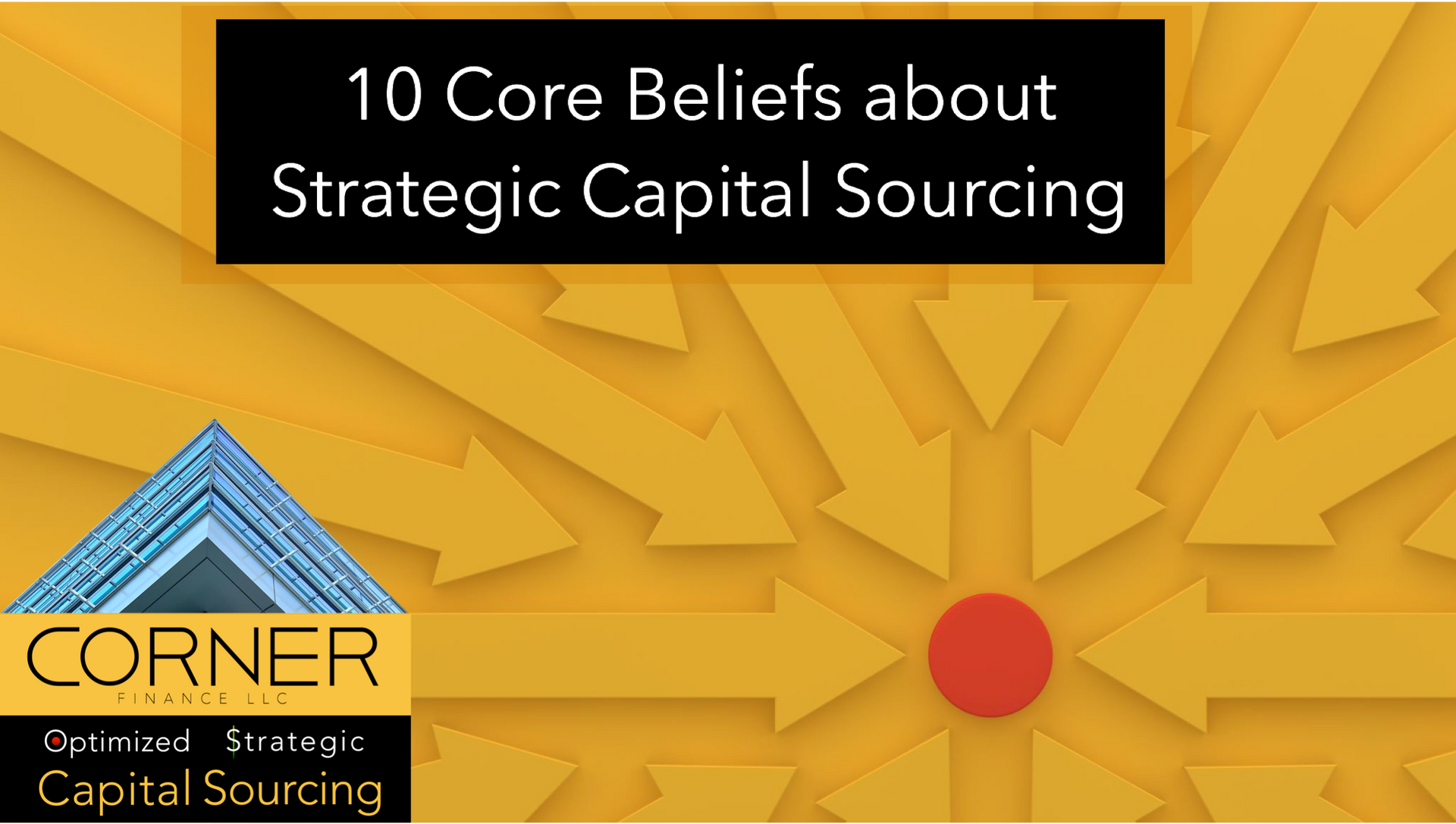OFFSET TRADITIONAL FINANCE RISK
LEVERAGE NON-BANK CREDIT TO OFFSET TRADITIONAL FINANCE RISK

As businesses face the toll of higher interest rates, many could benefit from exploring non-bank sources as a viable option to offset risks from traditional financial sources.
Fitch Ratings reported that the default rate in the leveraged loan market increased to 3.8% in Q1 (2024) from 3.4% in Q4 (2023). 1
Bank loans and bond debt present risks that are not appreciated or assessed during stable times but become obvious and critical during economic downturns or interest rate hikes.
High Costs of Capital Risk
Even though non-banks are dismissed because of higher costs, traditional financial sources can be expensive for small or medium-sized enterprises perceived as higher risk.
Business leaders have their eyes glued on the prime interest rate as their main bank point-of-reference but fail to note that they may never get the best rates, meanwhile suffering additional costs from fees and charges that can add enough to impact business profitability.
CFOs need to seek help from professional financial advisors that know the debt markets, like CORNER, to find more cost-effective funding options, while continually evaluating their cost of capital to ensure they are not eroding their margins.
Over-Reliance Risk
Businesses dependent on traditional financing can find themselves in a precarious dilemma since this over-reliance can lead to a lack of agility when funding their well honed strategies.
"The business is changing all the time, and we [finance] have to be more agile as a function" and be prepared for business to continue to be disruptive and constantly dynamic. "I think that changes how you think about the function, the structure of the organization, how to deploy resources and how to help the business react to the changes happening.”2
If a business depends too much on a single source of capital, any disruption to that source—like tightened credit conditions or changes in lender policies—will add risk to the company's financial stability.
These fluctuations can impact a company's ability to repay debt. CFOs should therefore seek professional advice and support from CORNER, to help them diversify their funding sources to mitigate this risk.
This trend indicates investors' increasing appetite for risk in the leveraged finance space.
However, despite these challenges, lower-rated borrowers are accessing the credit markets more frequently in 2024. Companies rated B-minus raised $26 billion in the bank-led loan market in January, a significant increase from the monthly average of $4 billion in 2023. 3
The increasing activity of lower-rated borrowers in the credit markets highlights a growing investor appetite for risk, which can be advantageous for companies seeking flexible financing options.
A few argue that non-bank sources are riskier and less reliable than traditional banks, making them less desirable for securing financing. While non-bank sources may carry different risks, they offer significant strategic and competitive opportunities. By obtaining multiple offers and comparing them with traditional finance, companies can better match capital sources to their strategic objectives.
Therefore, businesses should also consider non-bank sources as a viable alternative to access credit markets in a high-interest-rate environment.
CORNER ENABLES CLIENTS TO IDENTIFY AND LEVERAGE STRATEGIC FINANCING SOURCES, HELPING BUSINESSES DIVERSIFY THEIR CAPITAL SOURCES, AIMING TO OBTAIN LOWER OVERALL FINANCING COSTS AND ACCESS FLEXIBLE CREDIT OPTIONS.
Learn more about CORNER at www.cornerfinance.com
1 ‘Higher-for-longer’ rates saddle companies with $381B in added costs - CFO Dive - Jim Tyson
2 CFO Leadership Event Delivers The Poignant And Practical - Strategic CFO 360 - Vince Ryan, senior editor
3 Riskier borrowers act fast as leveraged loan market opens for refinancing - Pitchbook - Marina Lukatsky and Abby Latour


















